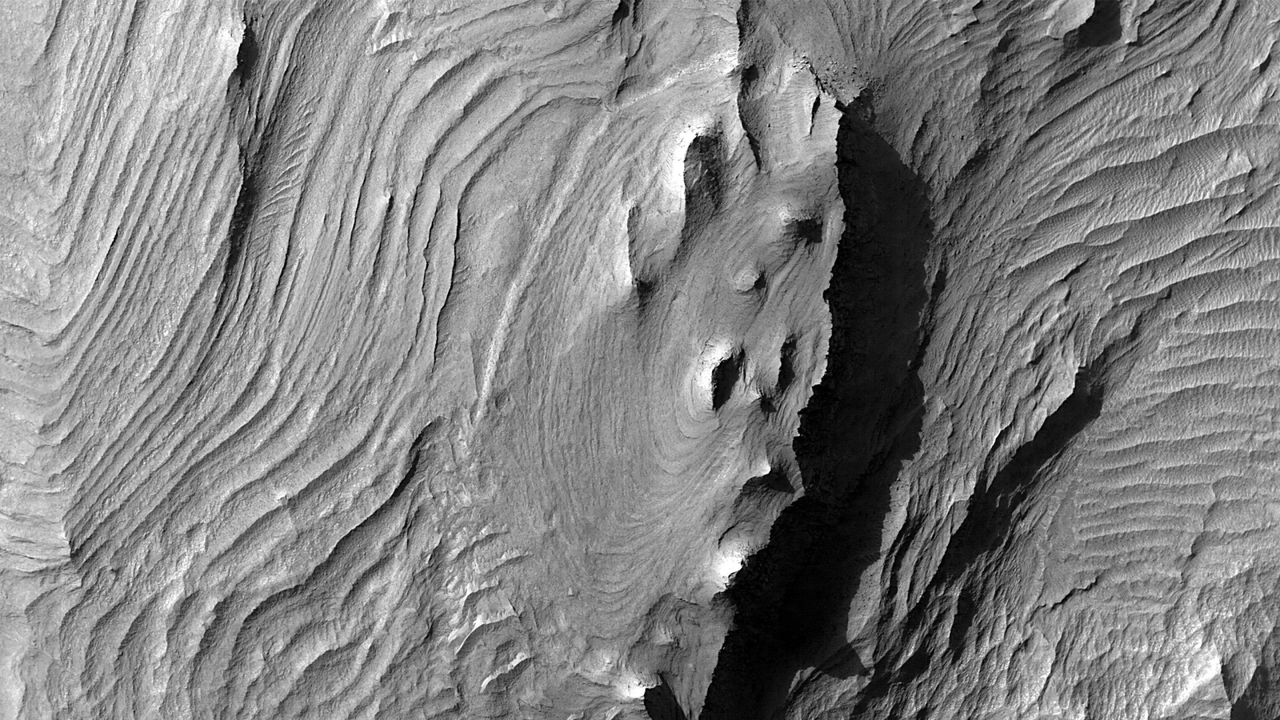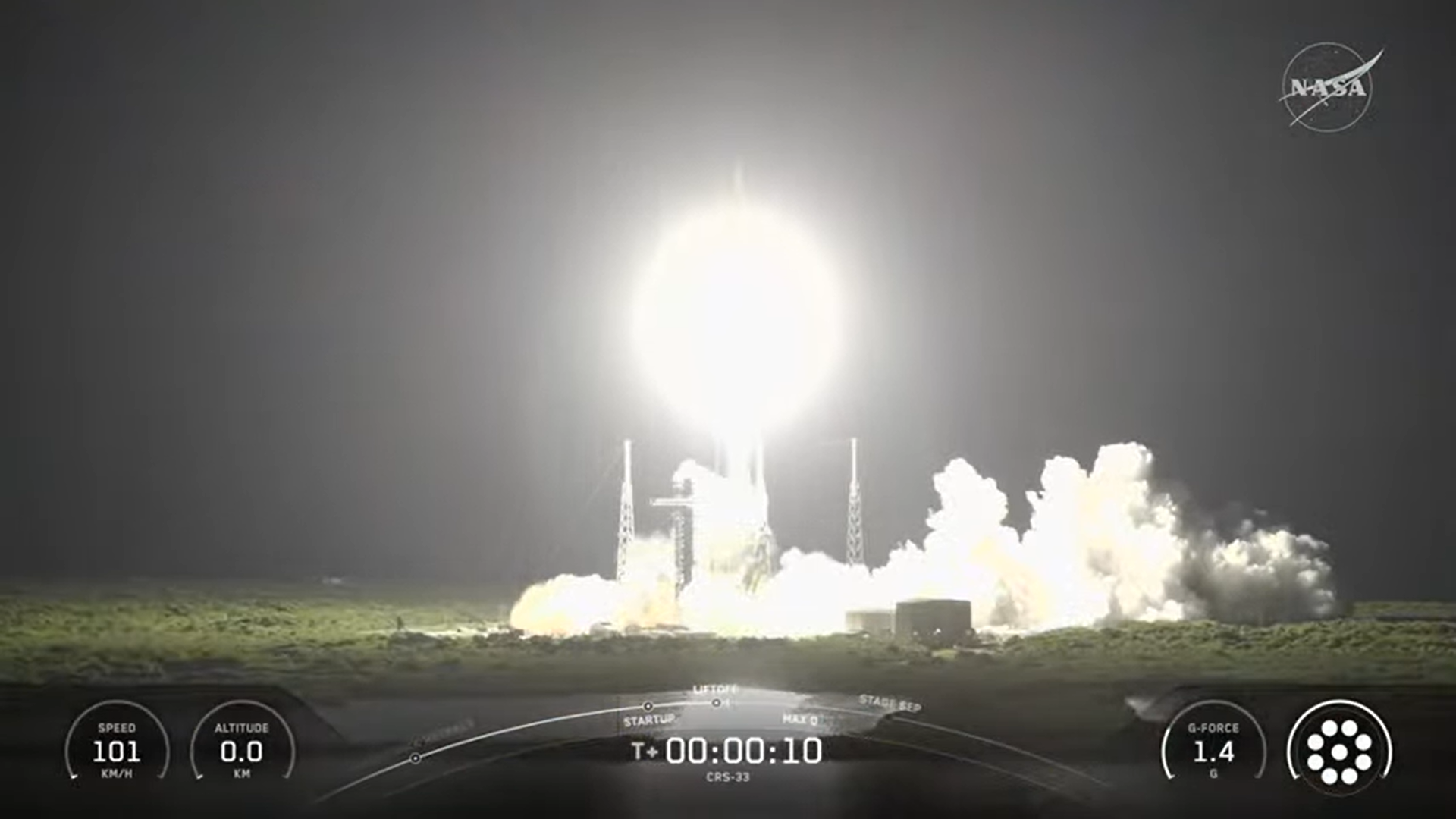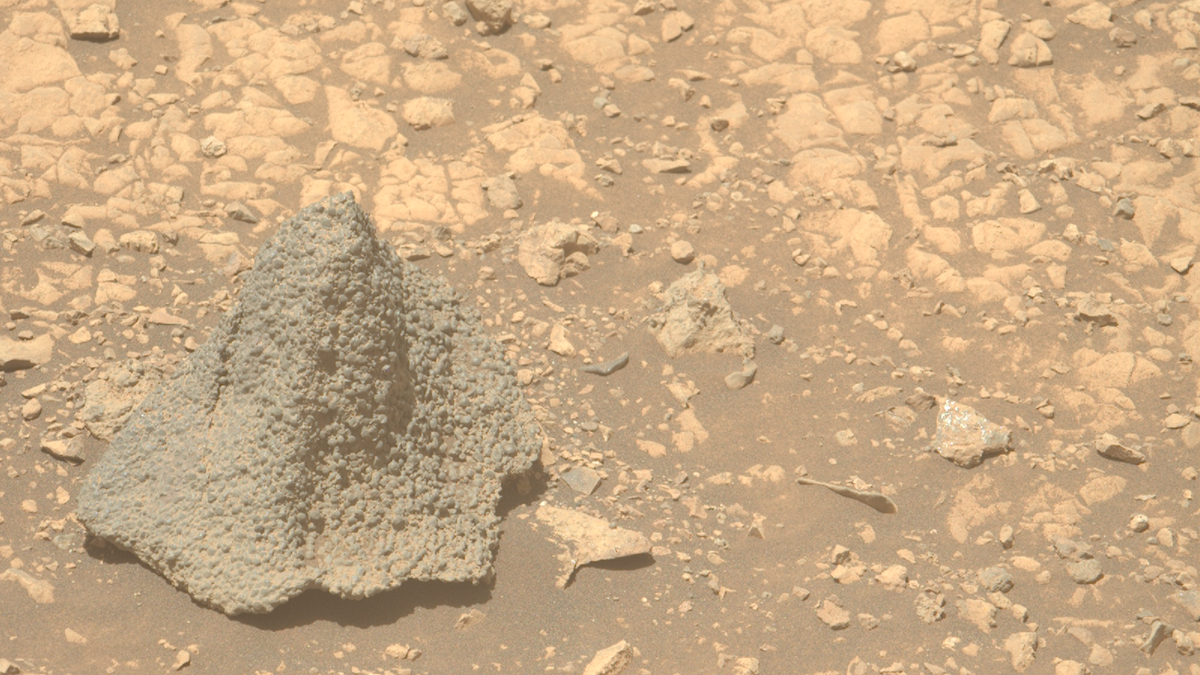Now Reading: Solar System’s Longest Canyon Unveils New Mysteries in Stunning Space Image
-
01
Solar System’s Longest Canyon Unveils New Mysteries in Stunning Space Image
Solar System’s Longest Canyon Unveils New Mysteries in Stunning Space Image

Fast summary
- Candor Chasma Location & Significance: Candor Chasma is a massive canyon within the Valles Marineris system on Mars, which is the largest canyon network in the solar system. Valles Marineris, stretching over 2,500 miles (4,000 km), dwarfs Earth’s largest canyon under Greenland’s ice sheet and features uniquely complex terrains.
- Recent Discovery: A recent photo taken by NASA’s Mars Reconnaissance Orbiter on May 24 reveals new geological details of Candor Chasma. The image displays sediment layers that were shaped after tectonic movements following the formation of the canyon.
- Formation Insights: Unlike Earth’s Grand Canyon formed by river erosion, Valles marineris was likely created by volcanic activity with subsequent landslides and floods shaping its structure. Mars lacks plate tectonics but exhibits faults and fractures due to cooling crust.
- Presence of Water: In 2021, ESA’s ExoMars Trace Gas Orbiter detected significant water beneath Candor Chasma’s surface-up to 40% near-surface material may consist of water ice akin to earth’s permafrost regions.
- Future Exploration Concepts: Exploration challenges posed by steep walls and chaotic landscapes at Candor Chasma could potentially be addressed using autonomous rovers or aerial vehicles under german space Agency plans.
!Mars’ Valles Marineris stretches nearly a quarter of the way around the planet’s equator
Image credit: NASA/JPL-Caltech/University of Arizona.
Indian Opinion Analysis
The findings about Mars’ Valles Marineris hold scientific value for planetary exploration globally while offering lessons for India’s growing space research capabilities. With ongoing ISRO missions such as Mangalyaan (Mars Orbiter Mission) that seek insights into Martian conditions, discoveries like these illuminate areas where future Indian endeavors can focus-particularly examining Martian geology and subsurface hydrology.
India’s space agency could leverage data from international collaborations like those involving NASA or ESA to enhance its expertise in robotic exploration or autonomous systems essential for navigating rugged terrain like Candor Chasma. As more nations invest in extraterrestrial water resource mapping given its implications for habitability, india may also consider expanding partnerships toward active participation in such missions. These developments underscore both scientific curiosity and practical advancements needed for interplanetary exploration-a field where India continues making steady progress.


























